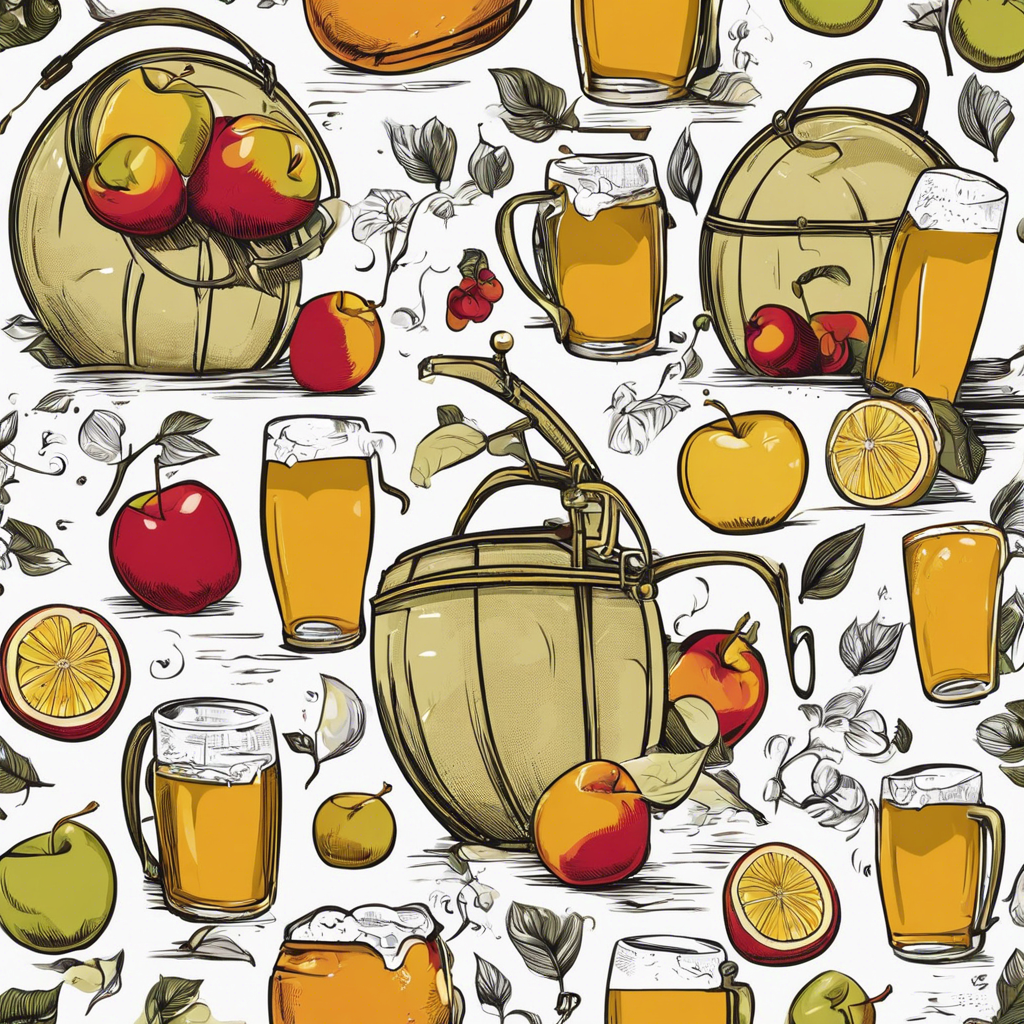Making hard cider at home is a fun and rewarding hobby that has gained popularity in recent years. With the right equipment and a bit of knowledge, anyone can give it a try and enjoy delicious, handcrafted hard cider. So, what do you need to get started? Here are the essentials for any beginner cider maker.
First and foremost, you’ll need a good source of apple juice or cider. This is the base of your hard cider, so it’s important to use high-quality juice that is free from preservatives, especially potassium sorbate, which can inhibit fermentation. Look for cloudy, unfiltered juice that still has some sediment in it, as this will give your cider more flavor and character. Local orchards or farmers’ markets are great places to find fresh apple juice, or you can even make your own if you’re feeling ambitious!
Next, you’ll need a fermentation vessel. This is where the magic happens as the sugar in the apple juice will be converted into alcohol by yeast. Glass carboys are a common choice and come in various sizes, typically one, three, or five gallons. They have a narrow neck that can be sealed with a bung and an airlock, allowing carbon dioxide to escape while keeping contaminants out. Food-grade plastic buckets or wide-mouth jars can also be used for primary fermentation, especially if you’re making a larger batch.
An airlock is an essential tool that allows gases to escape from the fermentation vessel while preventing air from getting in, which could cause oxidation or contamination. They are typically filled with water or sanitizing solution and placed in the neck of a carboy or attached to a bucket lid. Airlocks are inexpensive and can be reused countless times, making them a worthwhile investment for any cider maker.
Of course, you’ll also need yeast to start the fermentation process. There are many different types of yeast available, each imparting unique characteristics to your cider. Specialty brewing stores will have a wide selection of yeasts, but even a basic champagne yeast can produce a delicious hard cider.
Sanitization is key to ensuring your cider turns out great. Proper sanitization will eliminate harmful bacteria and wild yeast that could ruin your batch or cause off-flavors. A no-rinse sanitizer is a convenient option for beginners, as it can be sprayed or wiped on all equipment that will come into contact with your cider, then allowed to air dry—no rinsing needed!
A long-handled spoon will come in handy for stirring your cider during the various stages of the process. It’s important to choose a spoon made from non-reactive materials such as stainless steel or plastic, as this will not affect the flavor of your cider.
Hydrometers are used to measure the specific gravity of your cider, which indicates the amount of sugar present. Taking readings before and after fermentation will allow you to calculate the percentage of alcohol in your cider.
Finally, have some bottles and closures ready! You can reuse old beer or cider bottles, or you can purchase new swing-top or crown cap bottles. Crown caps will require a bottle capper, which is an inexpensive tool.
With these essentials, you’ll be well on your way to crafting delicious hard cider at home.
